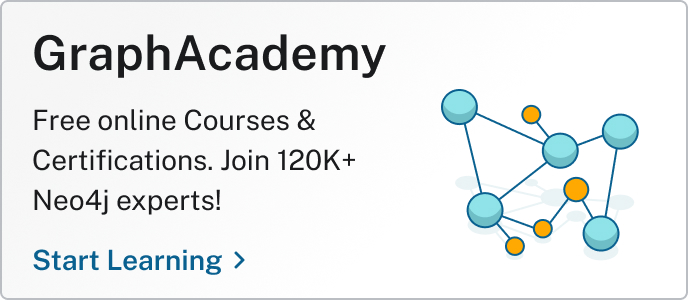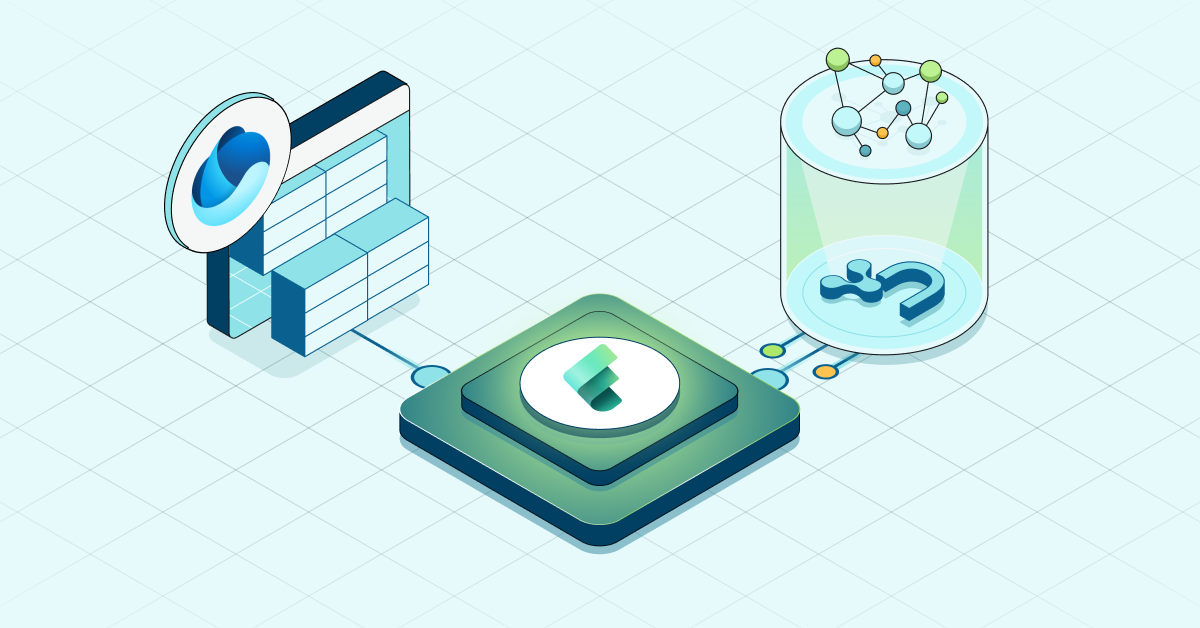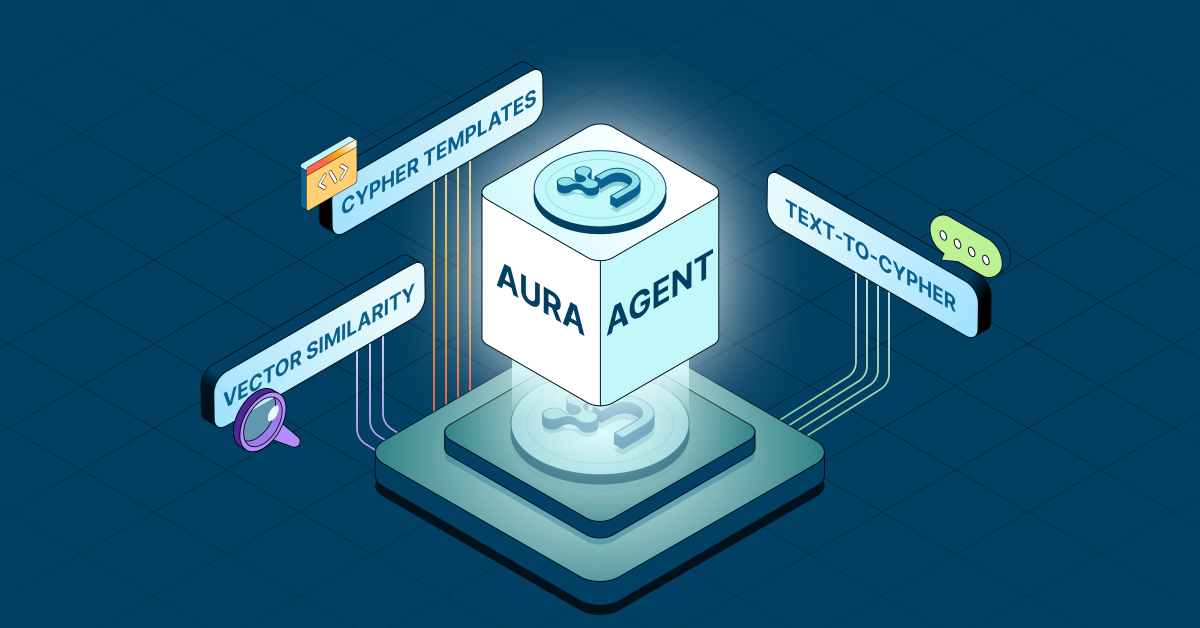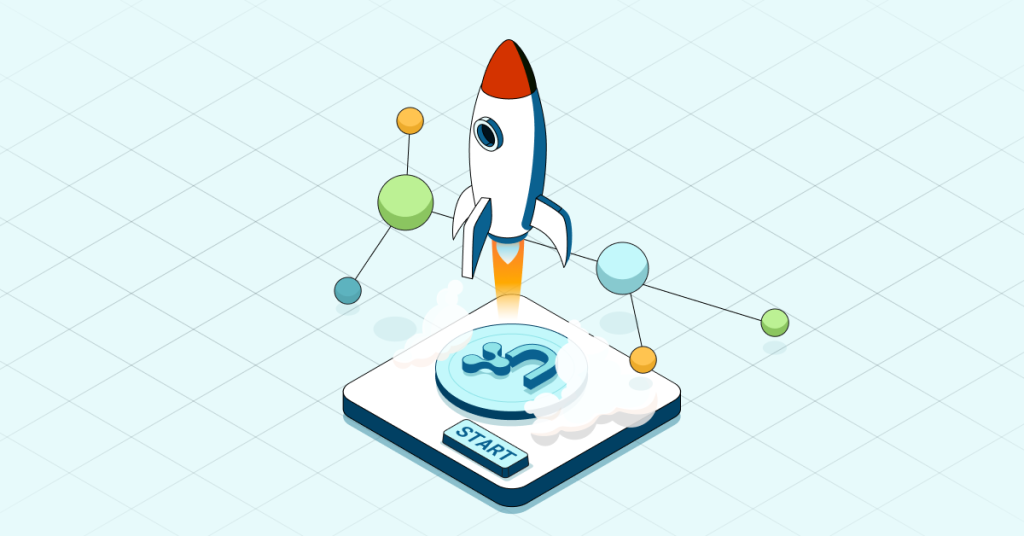“Stranger Things” — The Gate to True Sight With Graph Intelligence

Vice President of Developer Relations
6 min read
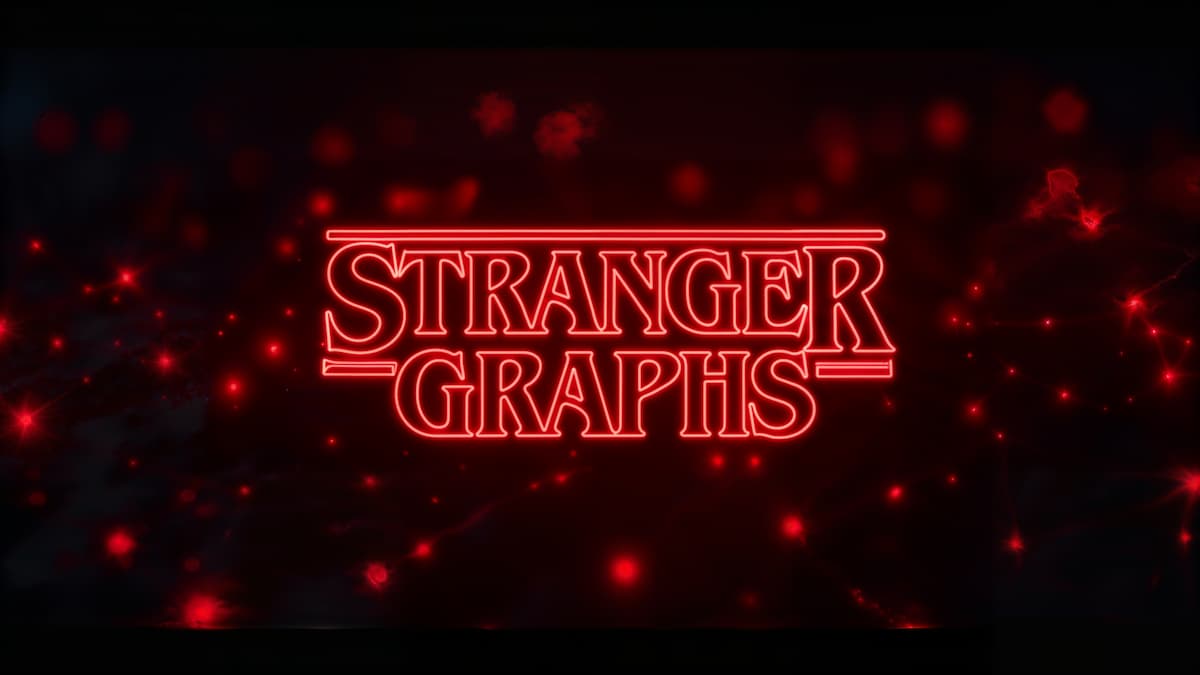
The fifth and final season of the hit Netflix series “Stranger Things” is upon us, with many of us in the honorary Hellfire Club here at the Neo4j radio tower making as many predictions as the next fan! Can Eleven use her true sight to help defeat Vecna? Can Will use his Upside Down connection to help close the Gate? Is there any way for Eddie to get justice posthumously? And for the sake of everyone’s emotions, can we collectively will it into existence that the show doesn’t kill off any more of our favorite characters?
There’s a chance that if you’ve landed on this page, you may not know who we, Neo4j, are, what graph intelligence is, and why we built HopperGraph. So let us explain.
Strangely, Graphs Are Everywhere
Neo4j is a database company, but not as you may know it. That’s because we’re a little different, handling data not in rigid rows and columns but in freer, more natural connections, hierarchies, pathways, relationships, just like the real world, and how your brain thinks.
We call this graph intelligence, inspired by graph theory in mathematics, but it simply means that we passionately believe it’s the relationships between data points that are often more revealing, insightful, and profoundly useful than the data itself (especially when predicting what will happen next and why). And this vision can be applied to just about everything.
If you think about it, you’ll see connections and relationships that matter everywhere you look. From sustaining nature, understanding ancestry, fighting crime, planning a journey to, in this case, just having fun predicting possible endings to “Stranger Things” as if chatting with friends, family, or co-workers! If you’re anything like us and the huge fanbase of the show, you’re probably thinking about one thing that happened in an episode, connecting it to another thing within the wider plot, relating this to other relevant things around the show, then building a picture of what things could happen next. And if you’re correct in the end, you’ll probably get bragging rights for bringing everything together and how clever you are. But this is exactly how a graph database works.
Finale Predictions or Spoilers?
Not everyone wants to know the ending of their favorite show, of course, but rest assured that HopperGraph is not about spoilers! One of the best things about “Stranger Things” is that the show’s storylines are so multilayered, so full of relatable and generational characters, and so rich in cultural references, that to get every single plot point and detail 100-percent nailed, based just on fan theories and descriptions alone, would be nearly impossible.
It might be different if we had all the data in the world on “Stranger Things.” But for now, we used the power of graph technology to make sense of the multitude of amazing fan theories on Reddit, which had a representative example of all the theories that are out there. There were 150,000 data points, converted into approximately 234,000 nodes and 1.5 million relationships within the graph, which is a lot of information. Neo4j then traversed the data, uncovering all the connections, seamlessly joining up similarities, comparing these to earlier plot points, and analyzing how accurate these had been to reveal our predictions. It’s a bit like the vines through the tunnels under Hawkins, but a lot less toxic! We then used the power of AI to make it easy for anyone to talk to this data as if it were a character from the show, via our Stranger Graphs site — a bit like Joyce using the string lights to talk to Will in the Upside Down.
Speaking of Joyce and Will, we called our database HopperGraph, not just because Jim Hopper is the everyman character turned kick-ass dude, but also because we often say graph technology’s power comes from its ability to hop through multiple data relationships, joining up the facts and proof points with ease, like a dot-to-dot picture, or a crime scene evidence board.
Friends Don’t Lie
Superfans on Reddit made plenty of great “Stranger Things” predictions. Then, Neo4j used its graph database and analytics technology to see how accurate their comments could be. According to our current results, the graph predicts that within the many interwoven storylines, Hawkins and the surrounding world will be completely overrun by the Upside Down. However, Eleven, Max, and Will will combine their respective knowledge and skill sets to defeat Henry/Vecna and the Mindflayer in the end. Sadly, Will may not survive, and there are predictions that other character favorites, such as Mike or Steve (oh no!), will suffer, too.
If you spent time on the Stranger Graphs site, you may also have noticed that the graph identifies many other predictions that are less substantive to the overall storyline but still worth noting. For instance, the most accurate community (140) talks about time jumps and flashbacks for some of the main characters to help close the Gate and destroy the creatures from the Upside Down. Curiously, there are also references to Eleven needing a blood transfusion due to injuries, which may reconnect her with her mother, aunt, or even Henry in some way. Plus, we can’t ignore an overall obsession with Eleven’s hairstyle — with no absolute conclusions on whether it will be long or short!
The Rightside Up
We’ve thoroughly enjoyed our “Stranger Things” journey so far — both on and off screen — trying to uncover predictions for how this cultural phenomenon will come to a close. You could say that graph technology in the real world is a lot like Mr. Clarke and Nancy Wheeler combined. That being a trustworthy source for transforming the knowledge of our heroes — Dustin, Mike, Lucas, Steve, Jonathan, Robin, and Erica — providing them with actionable insights and analytical prowess to help solve the world’s problems.
None of us can wait for the season finale, and we hope that HopperGraph only adds to the enjoyment for everyone.

